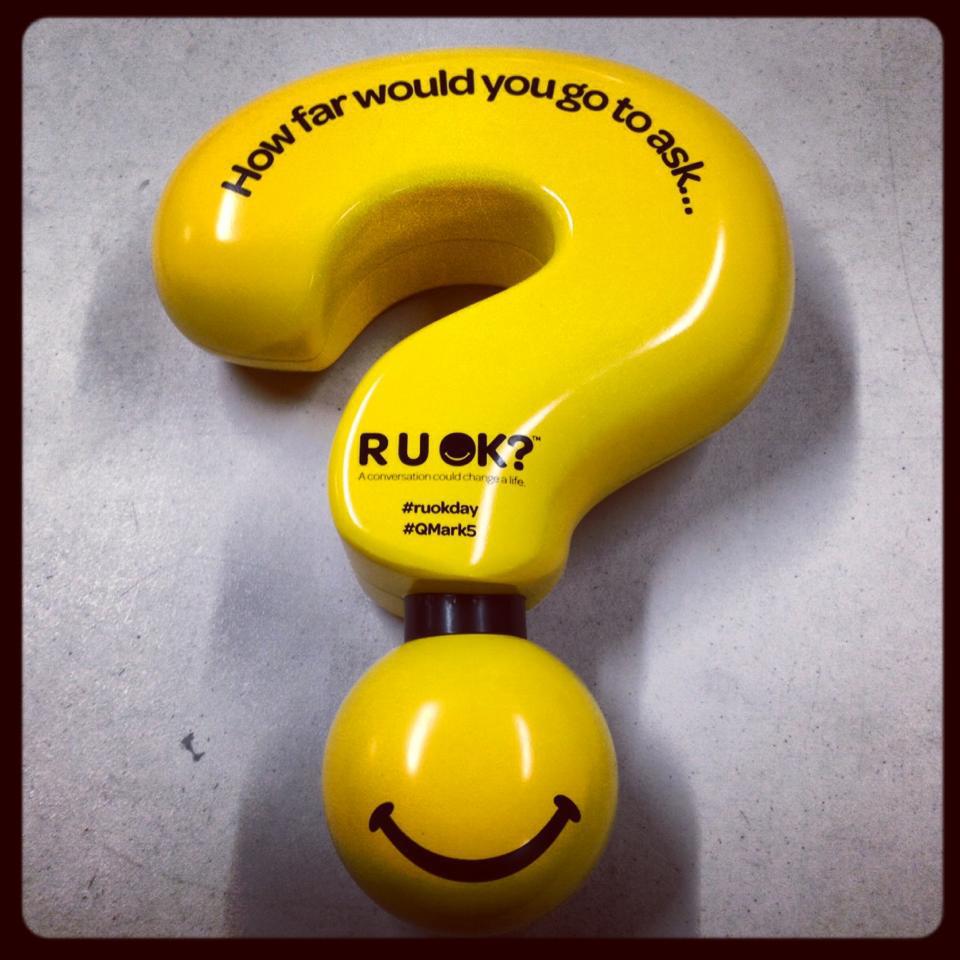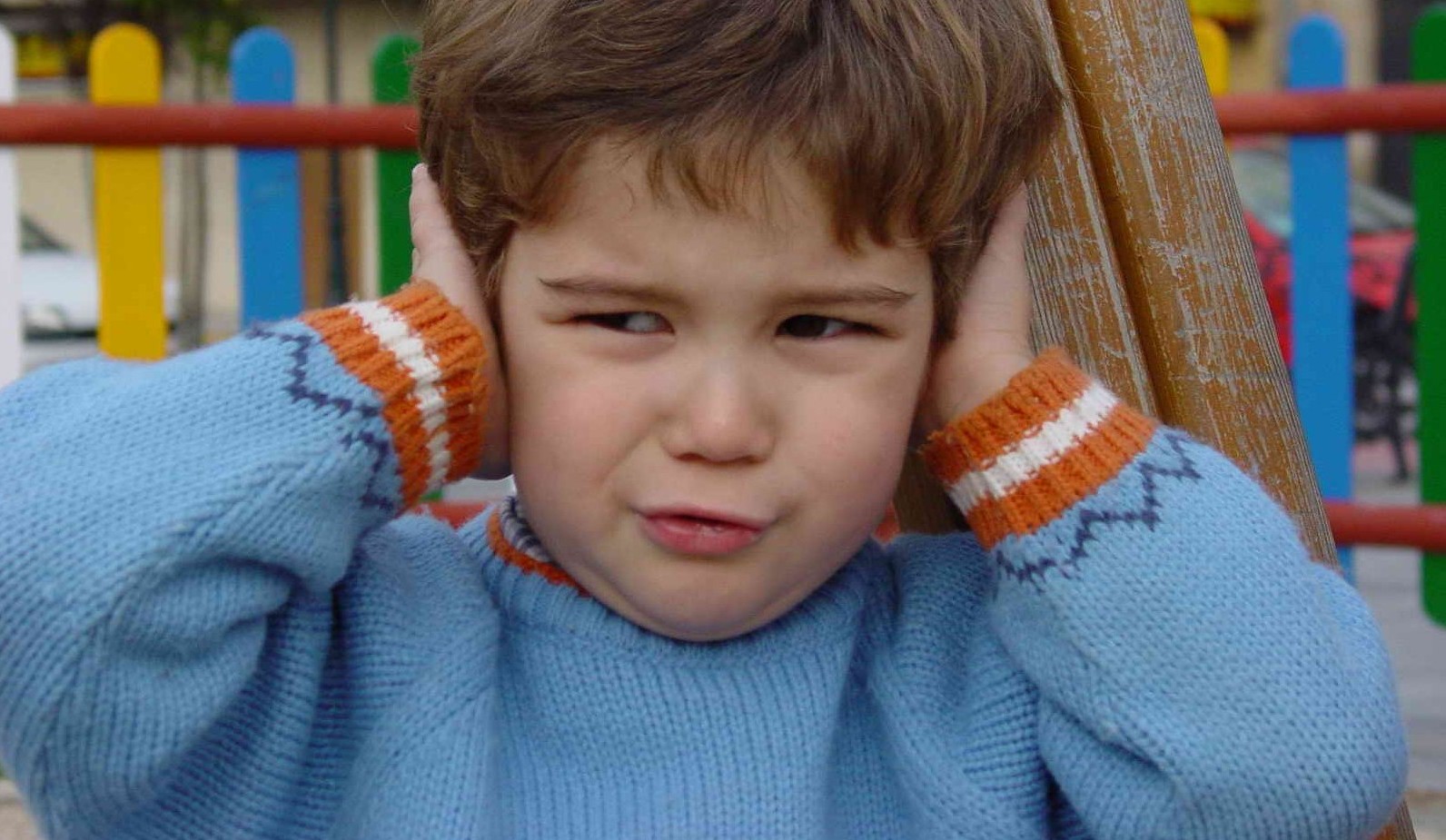Tina Wu
With summer comes the sun and with the sun comes sunburn. But worse than the peeling skin and pain of skin cooked tender is the link between prolonged sun exposure and skin cancer.
Being a country of beach-goers and sun-bakers, skin cancer has become a vitally important health issue for Australians and that is only increasing over the years. According to Cancer Council Australia, two in three Australians are diagnosed with skin cancer by the time they are 70 years old.
To raise awareness for the deadly effects of skin cancer, Cancer Council Australia and the Australian College of Dermatologists will be launching Skin Cancer Action Week during the week of November 19-25 this year.
Last year’s Action Week theme was “My #SunSmart5”, which encouraged Australians to use all five forms of sun protection – wear sun-protective clothing, slop on SPF30+ sunscreen, slap on a hat, seek shade and wear sunglasses – and share their experiences on social media.
With cancer being the second-most common cause of death in Australia in 2014, skin cancer makes up approximately 80 per cent of all cancer diagnoses in the country per year.
Despite the special place that beaches occupy in our cultural psyche – Christmas and Australia Day at Bondi spring to mind – for too long Australians have not realised the extent of the harm that the sun can wreak on their bodies.
One pertinent example is the myth of the “healthy tan”. The Cancer Council warns that a tan is not only a sign of skin damage that can lead to eventual wrinkles, sagging and brown patches, but can also increase your risk of developing cancer.
So keep sun-safe this summer by getting to know your skin. Keep an eye out for unusual-looking spots or lumps on the skin, including sores and freckles that change colour from brown to red or blue. It’s important to note that skin cancer can also spread to areas not exposed to the sun, such as the soles of the feet, and if something looks suspicious, seek immediate consultation from your GP.












